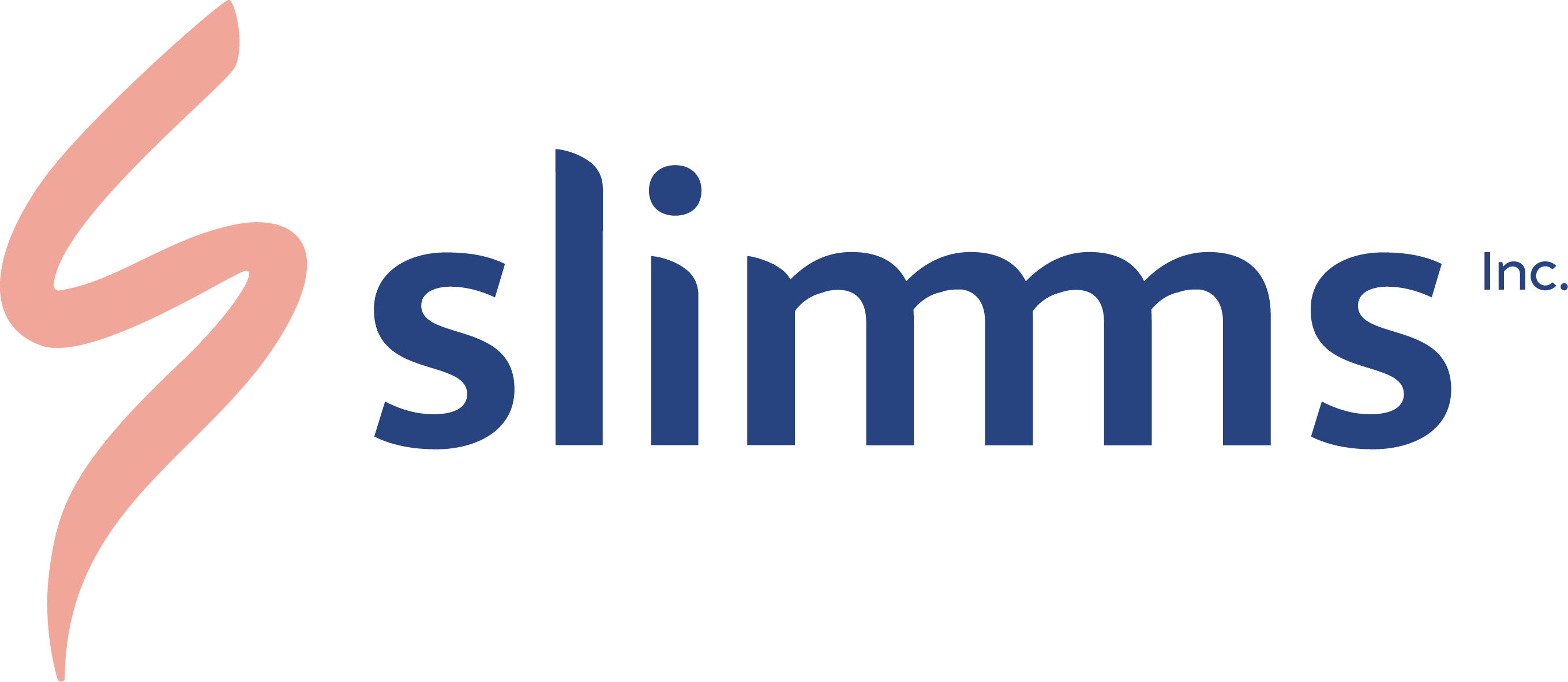What is Exercise

The physiologic definition of exercise is based on what happens when your muscles burn calories in order to generate energy. Oxygen is required to burn calories and generate energy. Oxygen is absorbed through your lungs, concentrated in your blood, and then pumped out to your body by your heart.
When your muscles work hard, they need more energy, and they need more oxygen to burn calories and generate this energy. To provide the oxygen you breath faster and your heart pumps faster. By using the extra oxygen your heart and lungs provide, your muscles burn more calories and generate more energy, allowing them to work harder.
All physical activities result in an increased demand by your muscles for energy, but I define exercise as the level of activity where your muscles begin to adapt in order to improve their capacity for work. In other words, activity does not result in your muscles increasing their ability to do things. Exercise, on the other hand, results in a sustained increase in your physical abilities.
For exercise to occur, you need an activity that takes you outside of your comfort zone. When you are in your comfort zone you are able to breath easily and can carry on a conversation in a normal tone, your heart rate isn’t fast (less than 100 bpm), and you don’t sweat. Activities within your comfort zone are easy, or can be defined as “easy exercise.” Once you go beyond your comfort zone you are doing moderate exercise, or more. In order to perform moderate exercise, you breath more rapidly and it’s difficult to talk in a relaxed, casual manner. When you perform strenuous exercise, you begin to “huff and puff”, your heart rate climbs higher, and your body begins to sweat harder to give off all the extra heat it’s creating by burning up calories.
Moderately strenuous exercise results in your muscles growing and toning, increasing their ability to burn more calories, and your metabolism increases. The level of exercise required to achieve the “moderately strenuous” level varies based on your baseline level of fitness. Trained athletes need to perform some pretty impressive exercises in order to push themselves outside of their comfort zone. Someone that’s out of shape, and just beginning to exercise, doesn’t have to perform at that same level in order to get the exercise needed to improve. Regardless of your starting point, everyone needs to go beyond their comfort zone in order to improve their fitness with exercise.
If you aren’t breathing hard, your heart rate is not increased, and you aren’t sweating, then you are not exercising. Checking your heart rate is a reasonably good way to know how hard you’re exercising. Easy exercise begins with a heart rate above 100, and moderately strenuous exercise (often called aerobic exercise) begins with a heart rate above about 120.
Scientific studies on how to maintain weight loss have shown that moderately strenuous exercise (HR>120) on a regular basis (at least 5 times per week), sustained for at least 30 minutes, is required to prevent weight regain. This varies from person to person, but the best way to think about it is, if you want to avoid weight gain, have a fitness program that includes moderately strenuous exercise on a regular basis.
To be safe, evaluate your own level of health and fitness before beginning an exercise program. If you have health concerns always consult with your physician to be sure exercise is safe.
